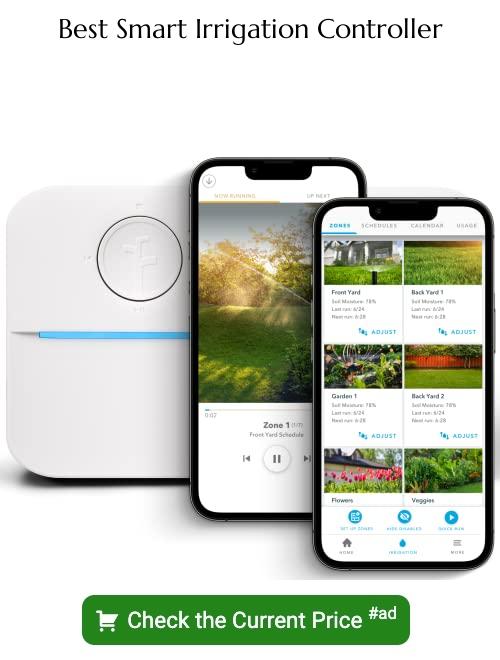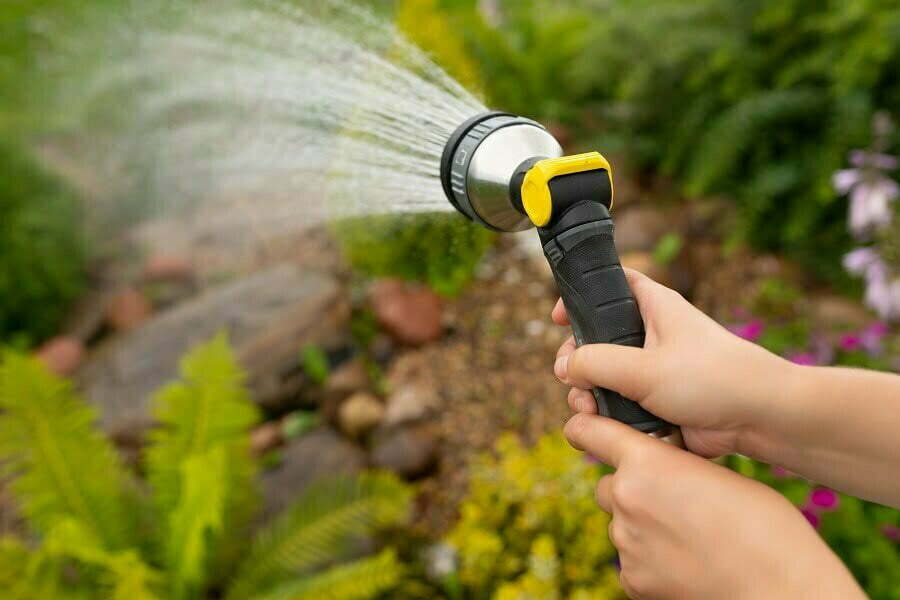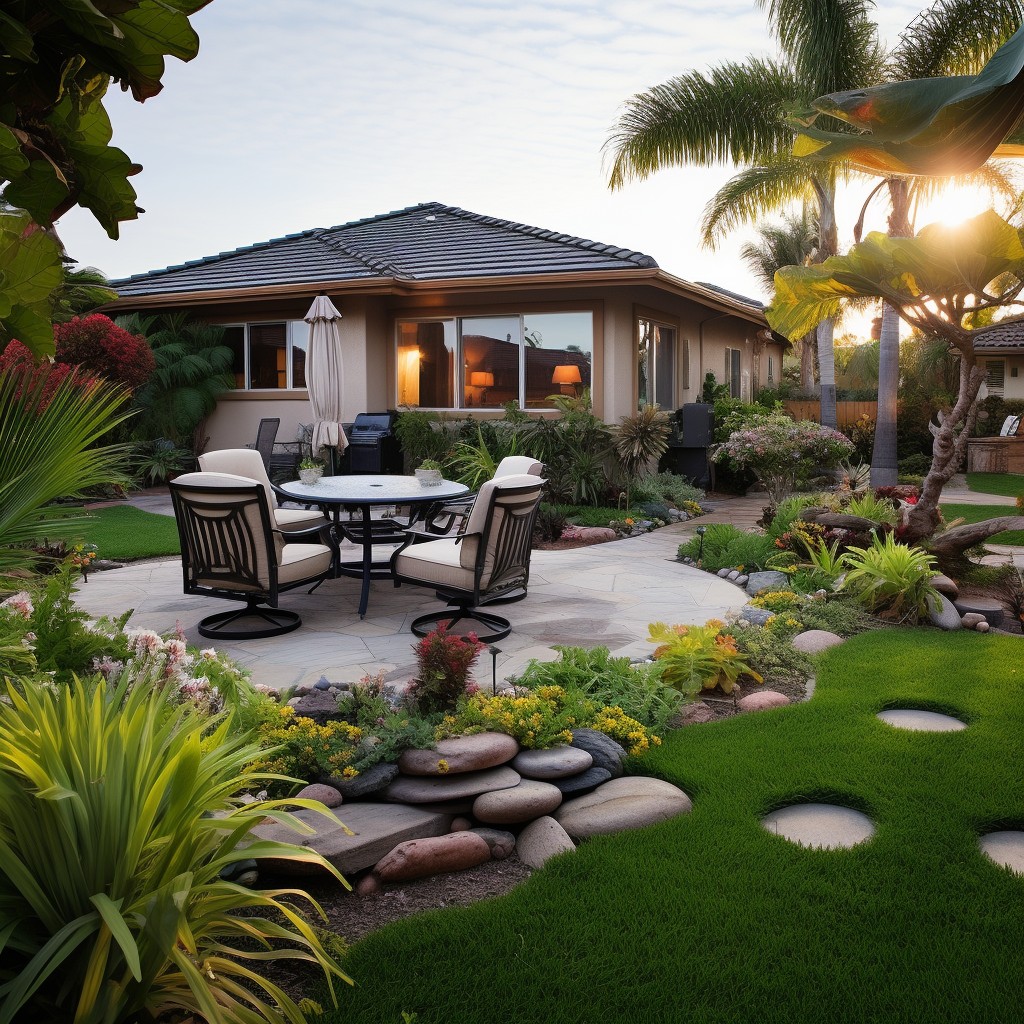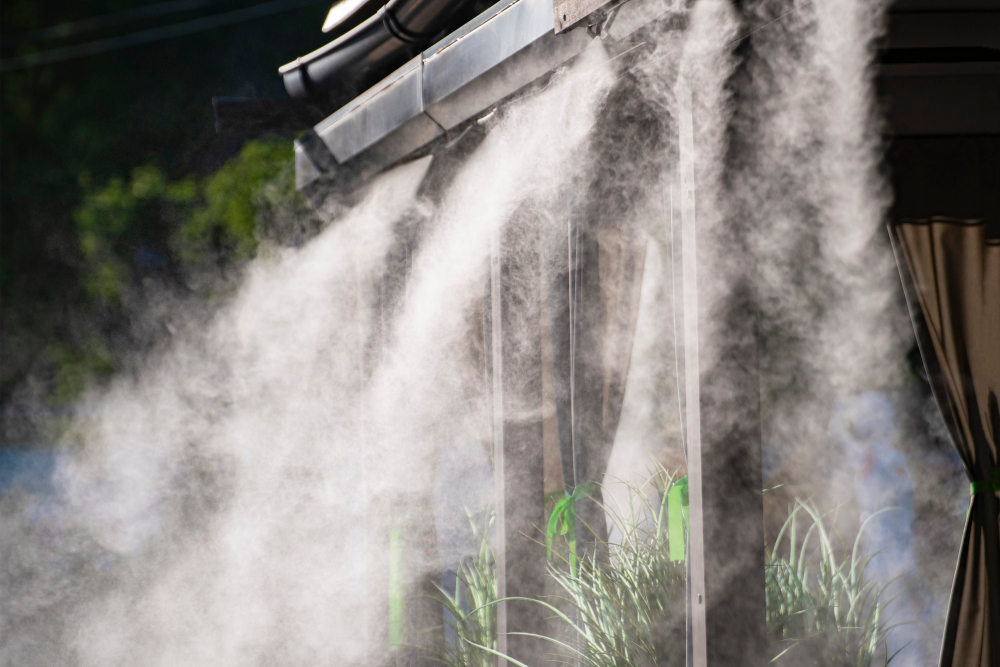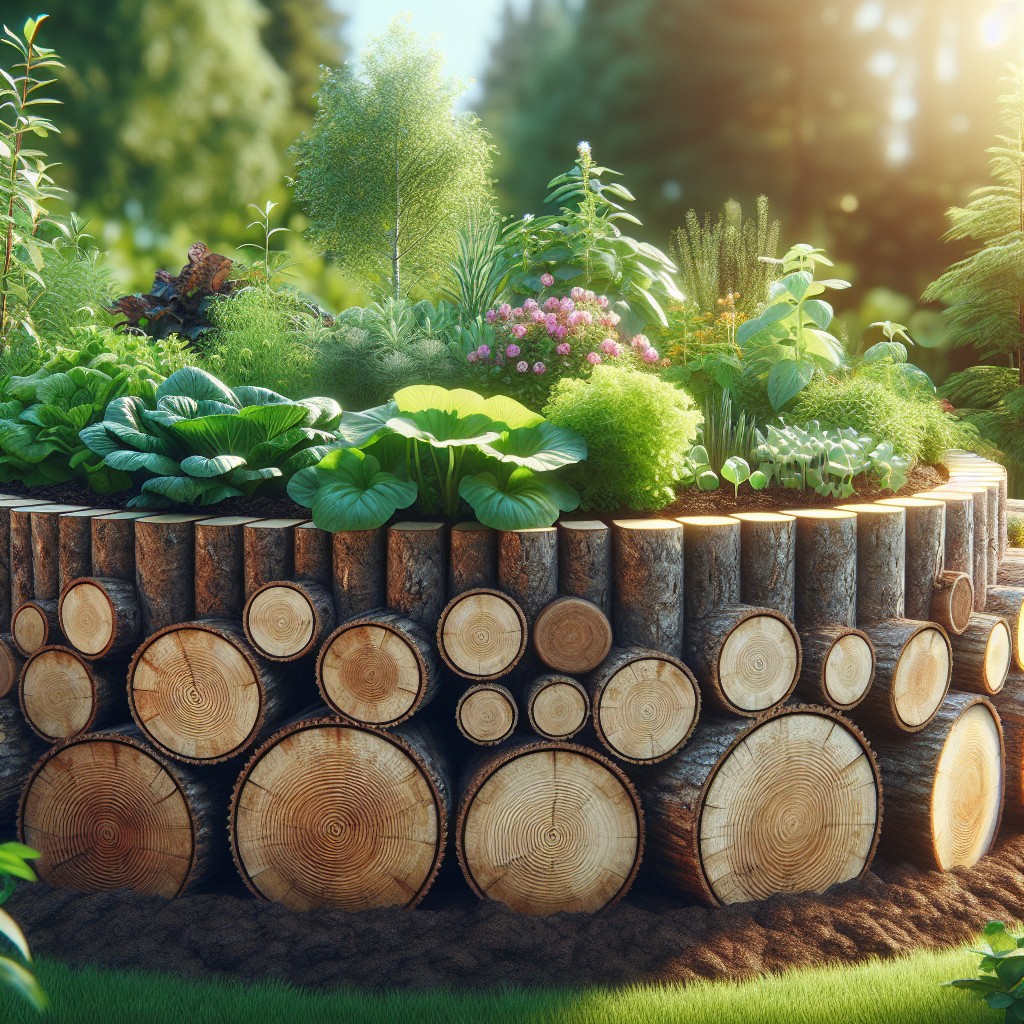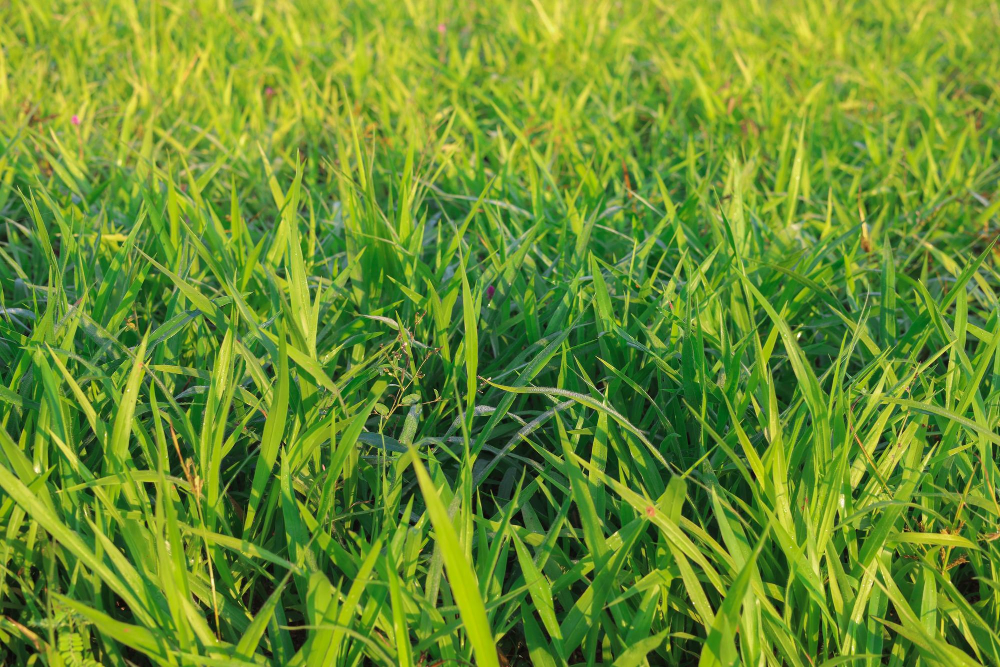Last updated on
Explore the world of innovative sprinkler system alternatives in this insightful blog, as we dive into eco-friendly and cost-effective solutions for maintaining a lush green lawn.
Are you tired of the high cost and maintenance of traditional sprinkler systems? Do you want to save money on your water bill while still keeping your lawn and garden lush and green? Look no further, because in this article we’ll be exploring some alternative options for watering your plants. From DIY drip irrigation systems to rain barrels, we’ve got you covered.
So sit back, grab a cup of coffee, and let’s dive into the world of sprinkler system alternatives!
Drip Irrigation Systems
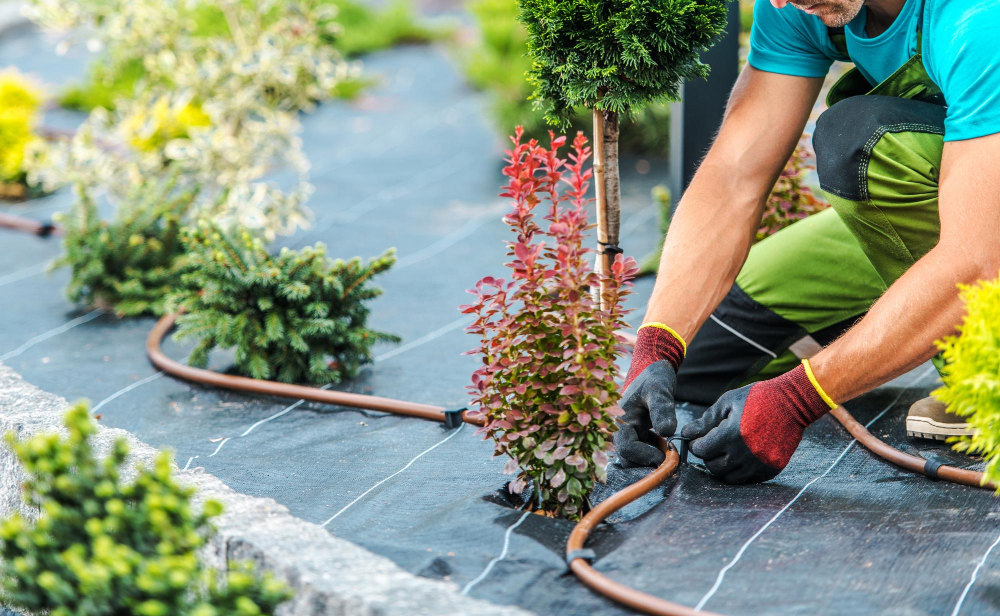
Drip Irrigation Systems are a popular alternative to traditional sprinkler systems. They work by slowly releasing water directly into the soil, minimizing evaporation and runoff.
This method of watering is not only more efficient but also helps prevent weed growth and disease in plants.
One of the biggest advantages of drip irrigation systems is that they can be customized to fit any garden or lawn size. You can easily adjust the flow rate, pressure, and placement of each emitter to ensure your plants receive just enough water without wasting any.
Another benefit is that drip irrigation systems use less water than traditional sprinklers since they target specific areas rather than spraying large amounts over a wide area. This means you’ll save money on your monthly water bill while still keeping your lawn green and healthy.
Installing a drip irrigation system may seem daunting at first, but it’s actually quite simple with some basic tools like tubing cutters, connectors, emitters/drippers/sprayers/misters/foggers (depending on what type you choose), stakes for securing tubing in place as well as timers if desired so everything runs automatically according to schedule!
Soaker Hoses
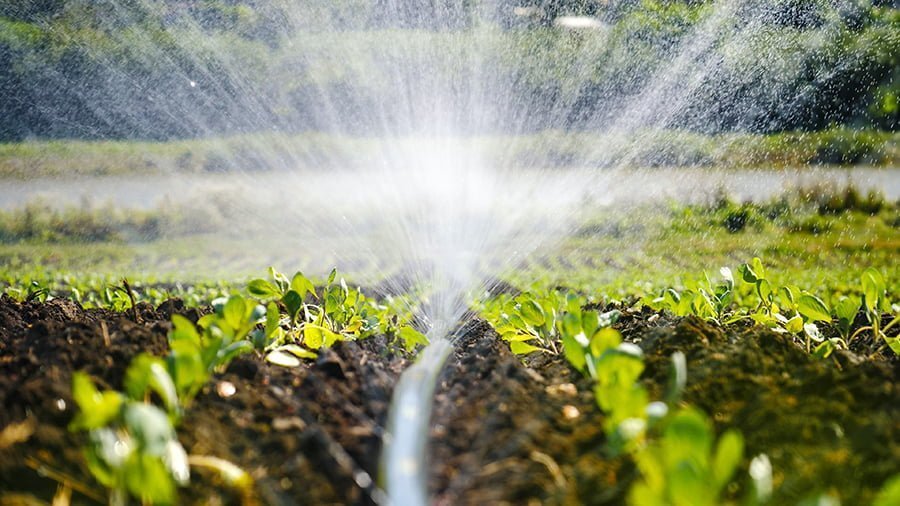
These hoses are made of porous materials that allow water to seep out slowly and evenly along the entire length of the hose. This means that you can place them directly in your garden beds or around trees, delivering moisture right where it’s needed most.
One advantage of soaker hoses is that they reduce evaporation loss by keeping the soil moist without saturating it with too much water. They also help prevent runoff by allowing time for absorption into the soil before excess water flows away.
Another benefit is their flexibility – you can easily adjust them according to your specific watering needs, whether you have a small herb garden or an extensive vegetable patch.
To use soaker hoses effectively, make sure they’re placed close enough together so there aren’t any dry spots between them but not too close as this may cause overwatering in some areas. Also be mindful when positioning these near plants susceptible to fungal diseases as excessive moisture could lead to problems such as root rot or mildew growth.
Rainwater Harvesting
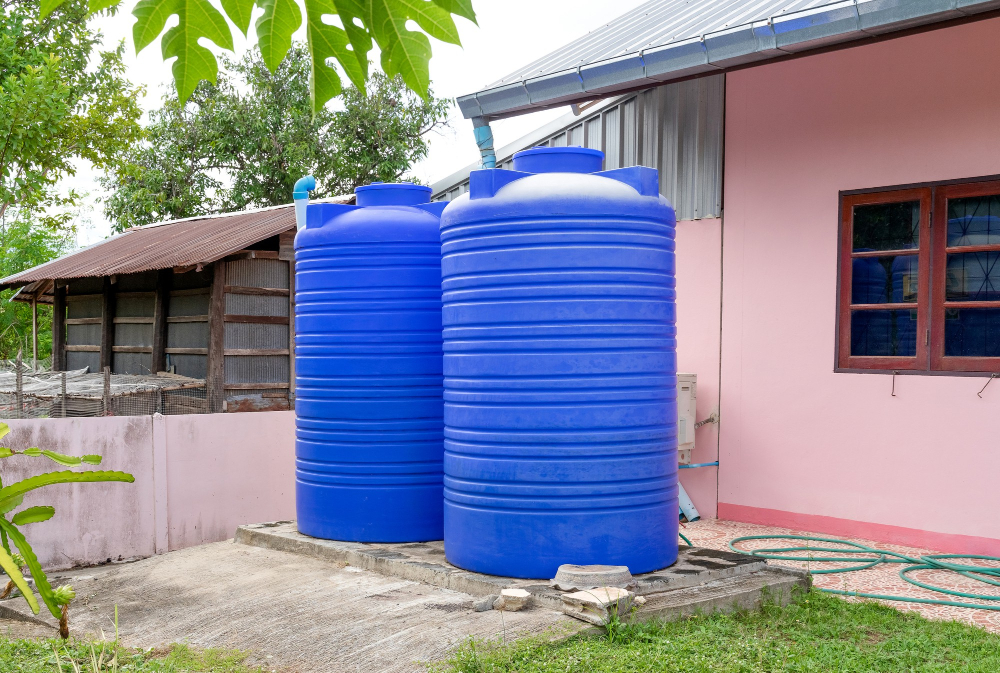
By collecting rainwater in barrels or tanks, you can use it to water your plants and lawn during dry spells. Not only does this help conserve water, but it also reduces the amount of runoff that ends up in storm drains and local bodies of water.
To get started with rainwater harvesting, all you need is a collection system and storage container. You can purchase pre-made systems or create one yourself using materials like PVC piping or old trash cans.
Once set up, simply place the container under a downspout from your roof where rainfall will collect.
It’s important to note that collected rainwater should not be used for drinking unless properly treated first. However, it’s perfectly safe for watering plants and gardens.
Oscillating Sprinklers
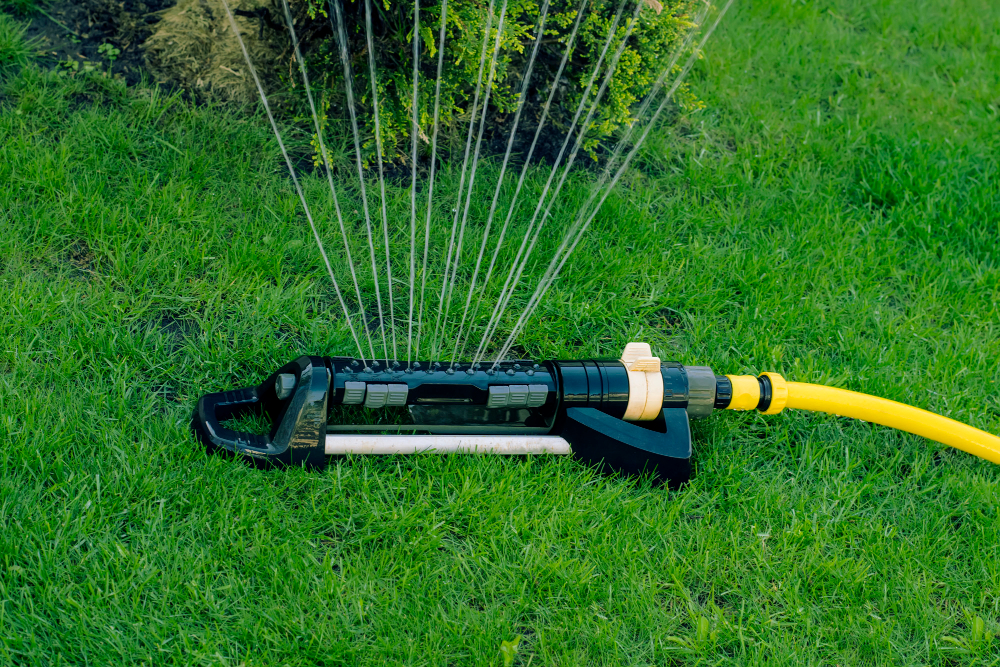
These sprinklers work by spraying water in a back-and-forth motion, covering a rectangular area of your yard. They’re easy to use and can be adjusted to cover different areas of your lawn.
One advantage of oscillating sprinklers is that they provide even coverage across the entire area being watered. This means that you won’t have any dry spots or overwatered areas, which can lead to uneven growth patterns in your grass or plants.
Another benefit is that oscillating sprinklers are relatively inexpensive compared to other types of irrigation systems. You can find them at most hardware stores for under $20, making them an affordable option for those on a budget.
However, one downside is that they tend to waste more water than other types of irrigation systems because some amount evaporates before it reaches the ground due its high arc trajectory.
Rotor Sprinklers
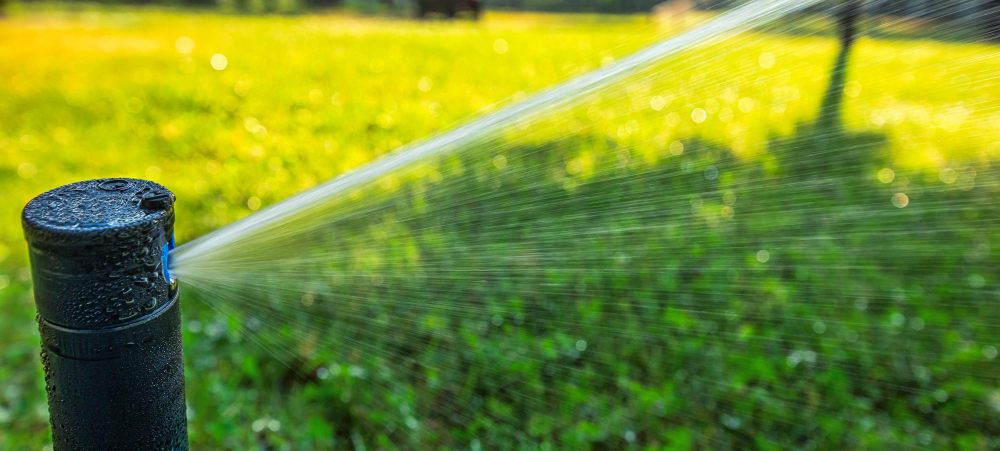
These types of sprinklers use a rotating head to distribute water evenly across your lawn and garden, reducing the amount of wasted water due to overspray or runoff.
One advantage of rotor sprinklers is their ability to cover large areas with minimal effort. They’re also great for watering irregularly shaped lawns or gardens since they can be adjusted for different spray patterns and distances.
However, it’s important to note that rotor sprinklers require more maintenance than other alternatives like drip irrigation systems or soaker hoses. The rotating heads need regular cleaning and adjustment, which may not be ideal if you’re looking for a low-maintenance option.
Manual Watering
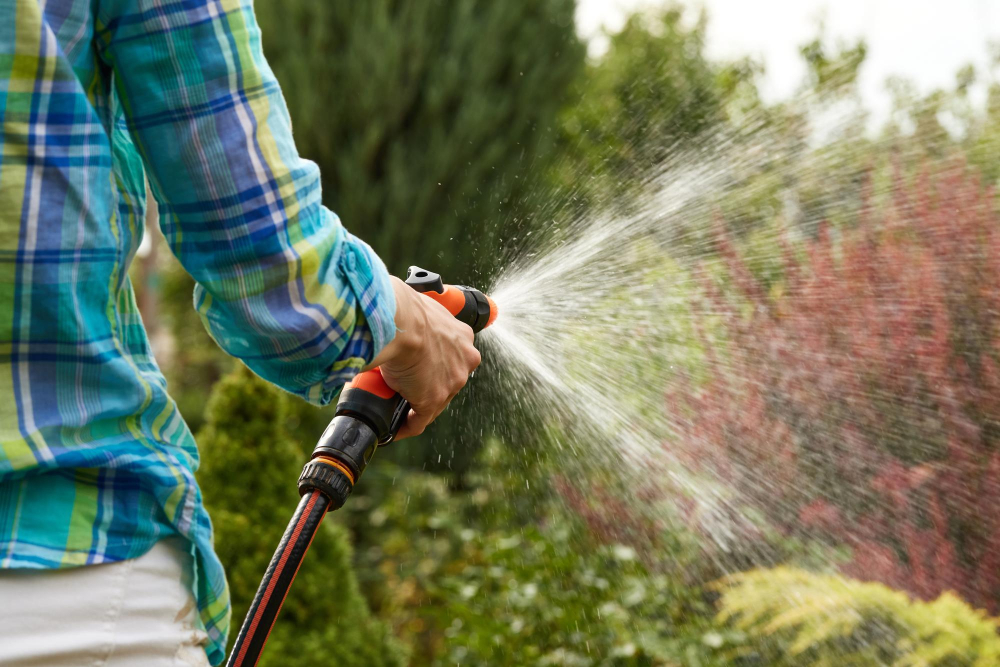
It’s also an excellent option for those who want to conserve water or have limited access to it. With manual watering, you can control the amount of water your plants receive and ensure that each one gets the attention it needs.
One of the most popular methods of manual watering is using a hand-held hose sprayer. This allows you to direct water exactly where it’s needed, avoiding waste and runoff.
You can adjust the flow rate depending on how much water each plant requires.
Another option for manual watering is using a bucket or container with small holes drilled into its base, allowing slow release irrigation directly at root level without wasting any excess moisture in areas where there are no roots present.
While this method may require more time than automatic sprinkler systems, many gardeners find that manually tending their gardens provides them with greater satisfaction as they get up close and personal with their plants while taking care of them.
Hand-held Hose Sprayers
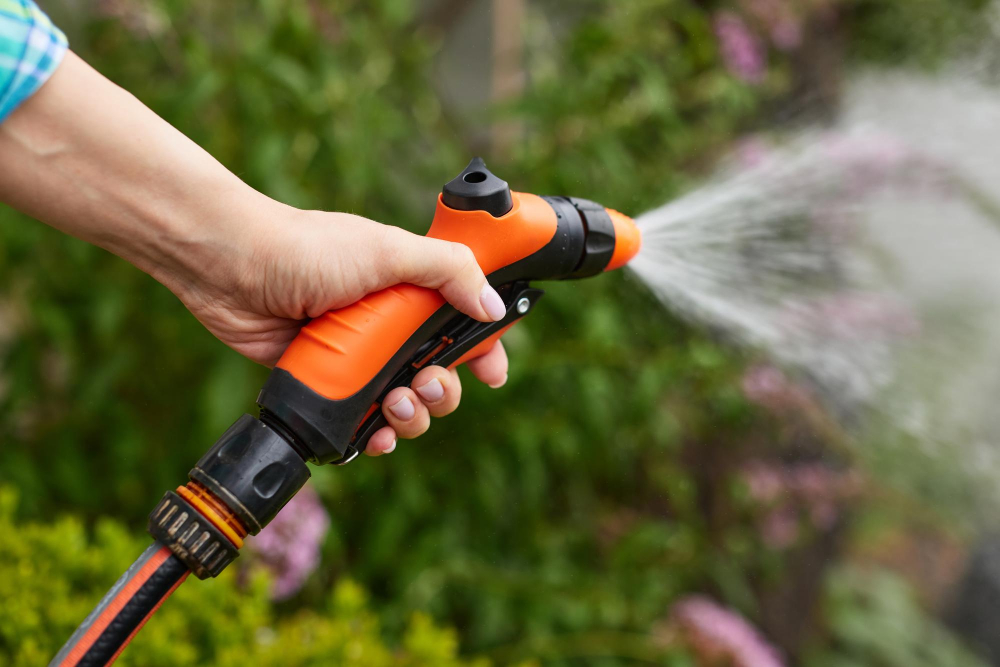
They allow you to water your plants precisely and efficiently while conserving water. With hand-held hose sprayers, you can easily adjust the flow of water depending on the needs of each plant.
One advantage of using hand-held hose sprayers is that they give you more control over where the water goes. You can direct it exactly where it’s needed and avoid watering areas that don’t need it, such as sidewalks or driveways.
Another benefit is their affordability – they’re much cheaper than installing an entire sprinkler system! Plus, they require minimal maintenance and are easy to store when not in use.
When choosing a hand-held hose sprayer, look for one with adjustable settings so that you can customize the spray pattern according to your needs. Some models even come with additional features like soap dispensers or detachable heads for different types of watering tasks.
Traveling Sprinklers
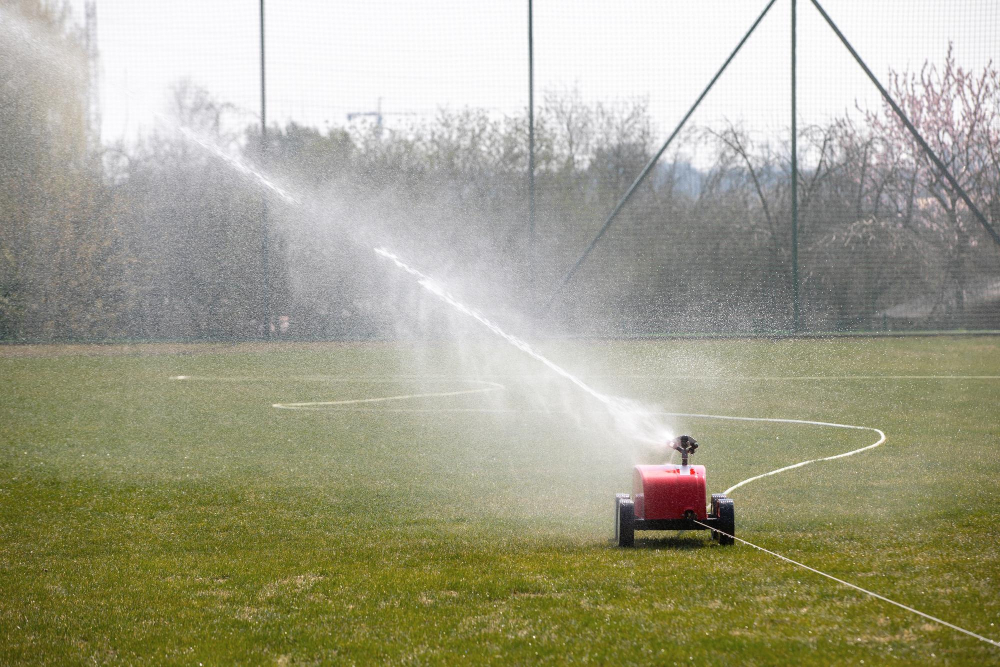
These self-propelled systems move along a hose, watering as they go. They’re perfect for people who don’t want to spend hours manually moving their sprinkler around the yard.
One of the best things about traveling sprinklers is that they can be set up to follow any path you choose, so you can ensure that every inch of your lawn gets watered evenly. Plus, because these systems use less water than traditional stationary sprinklers and drip irrigation methods, they’re an eco-friendly choice.
Another benefit of using traveling sprinklers is that they help prevent soil erosion by distributing water more evenly across your lawn or garden bed. This means less runoff and better absorption into the soil where it’s needed most.
Soil Moisture Sensors
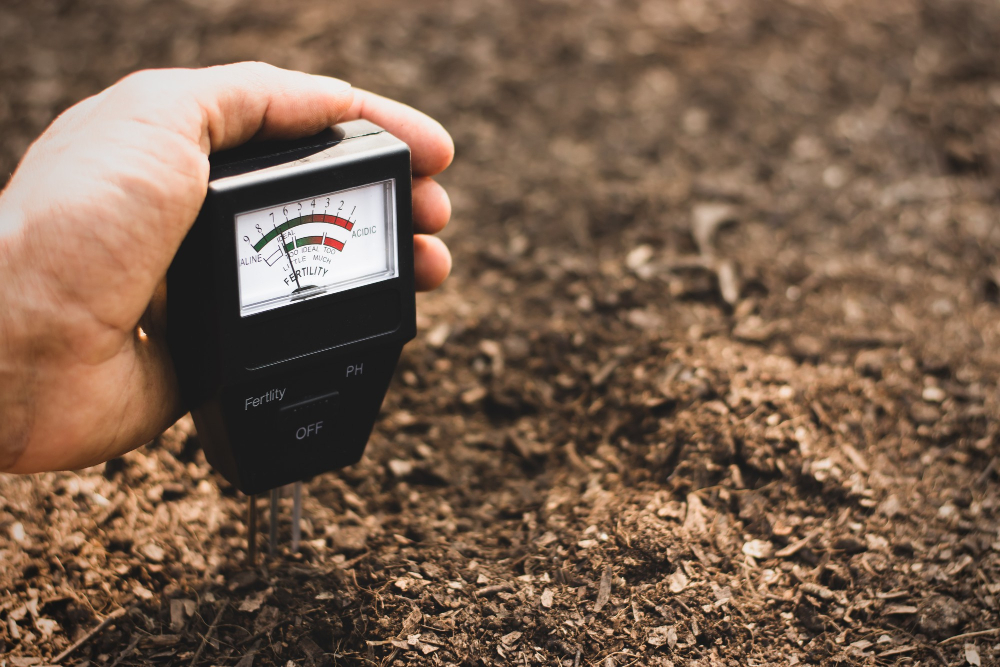
These devices measure the amount of moisture in the soil, allowing you to water only when necessary. This not only saves water but also prevents overwatering, which can lead to root rot and other plant diseases.
Soil moisture sensors come in different types, including those that are inserted into the ground or placed on top of it. Some models even connect wirelessly with mobile apps so you can monitor your garden’s watering needs from anywhere.
By using a soil moisture sensor system, you’ll be able to optimize your watering schedule based on real-time data rather than guesswork or habit.
Graywater Recycling
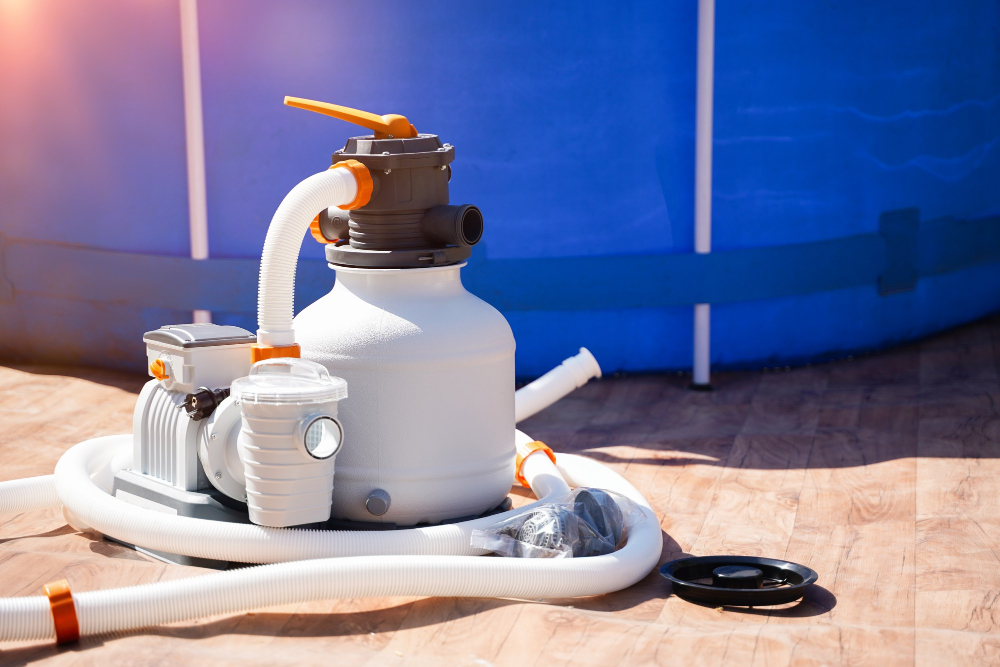
Graywater refers to the wastewater that comes from sources like sinks, showers, and washing machines. This water can be reused for irrigation purposes after it has been treated properly.
There are several ways you can recycle graywater in your home garden. One option is to install a simple filtration system that removes any debris or contaminants from the graywater before it’s used for watering plants.
Another option is using a gravity-fed drip irrigation system which uses less energy than traditional sprinkler systems while still providing adequate moisture levels for plant growth.
It’s important to note that not all types of graywater are suitable for reuse in gardens as some may contain harmful chemicals or pathogens. It’s essential always to use safe cleaning products when collecting grey-water so as not harm yourself or others who come into contact with it.
Mobile Irrigation Controllers

These controllers can be accessed through an app on your smartphone or tablet, allowing you to adjust the settings and monitor your irrigation system remotely.
With mobile irrigation controllers, you can set up schedules for watering based on weather conditions and soil moisture levels. This means that if it rains unexpectedly while you’re out of town, the controller will automatically adjust the schedule so that your plants don’t get overwatered.
Another benefit of mobile irrigation controllers is that they allow you to save water by avoiding unnecessary watering during periods of rain or high humidity. You’ll also be able to detect leaks in real-time and make adjustments accordingly.
Mobile Irrigation Controllers are a convenient way to manage your sprinkler system without having to physically interact with it every time there’s a change in weather patterns or other factors affecting plant growth.
Climate-based Irrigation
This system uses weather data to adjust the amount of water needed for your plants, based on factors such as temperature, humidity, wind speed, and solar radiation. By using this technology you can save up to 30% on your outdoor water usage.
The climate-based irrigation system works by connecting sensors that measure the current weather conditions with an automatic sprinkler controller. The controller then adjusts the watering schedule accordingly so that it waters only when necessary.
This type of irrigation not only saves money but also helps conserve our precious natural resources by reducing unnecessary watering during rainy periods or high humidity days. It’s a win-win situation for both you and Mother Nature!
If you’re interested in installing a climate-based irrigation system in your home or business, consult with an experienced landscaper who can help design one tailored specifically for your needs.
Rain Gardens
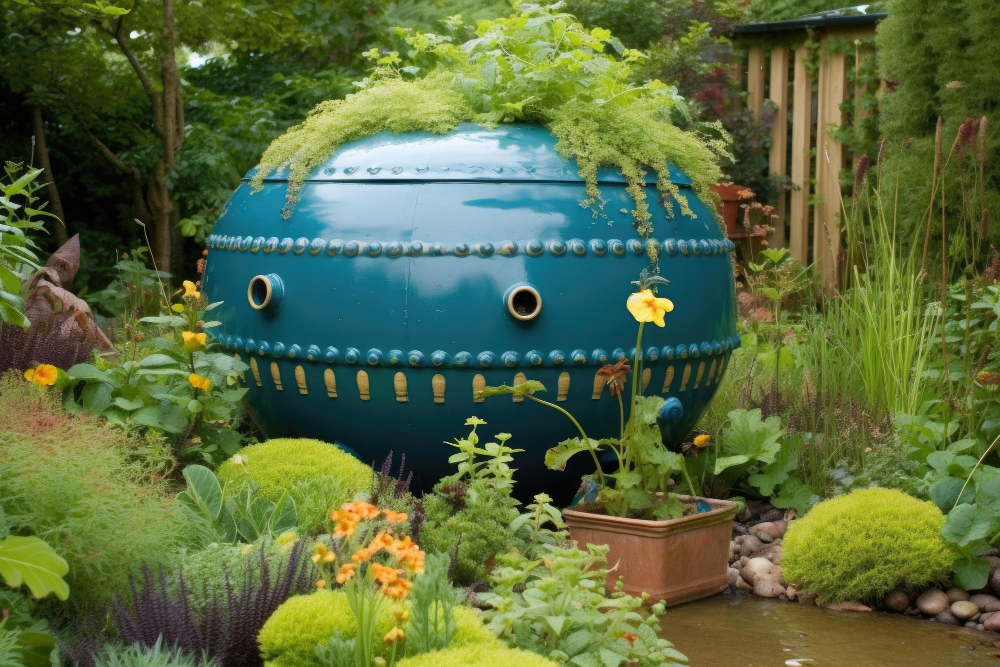
A rain garden is essentially a shallow depression in the ground that’s filled with plants and soil. When it rains, water collects in the basin and slowly filters into the ground instead of running off into storm drains or nearby bodies of water.
Not only do rain gardens help prevent flooding by absorbing excess water during heavy rainfall, but they also provide habitat for birds, butterflies, and other wildlife. Plus, they can be designed to fit any style or size of yard.
To create your own rain garden at home:
- Choose an area that naturally collects runoff from your roof or driveway.
- Dig out a shallow basin (about 6-12 inches deep).
- Fill with native plants that are adapted to wet conditions.
- Add mulch on top of soil surface
- Water regularly until established
Xeriscaping
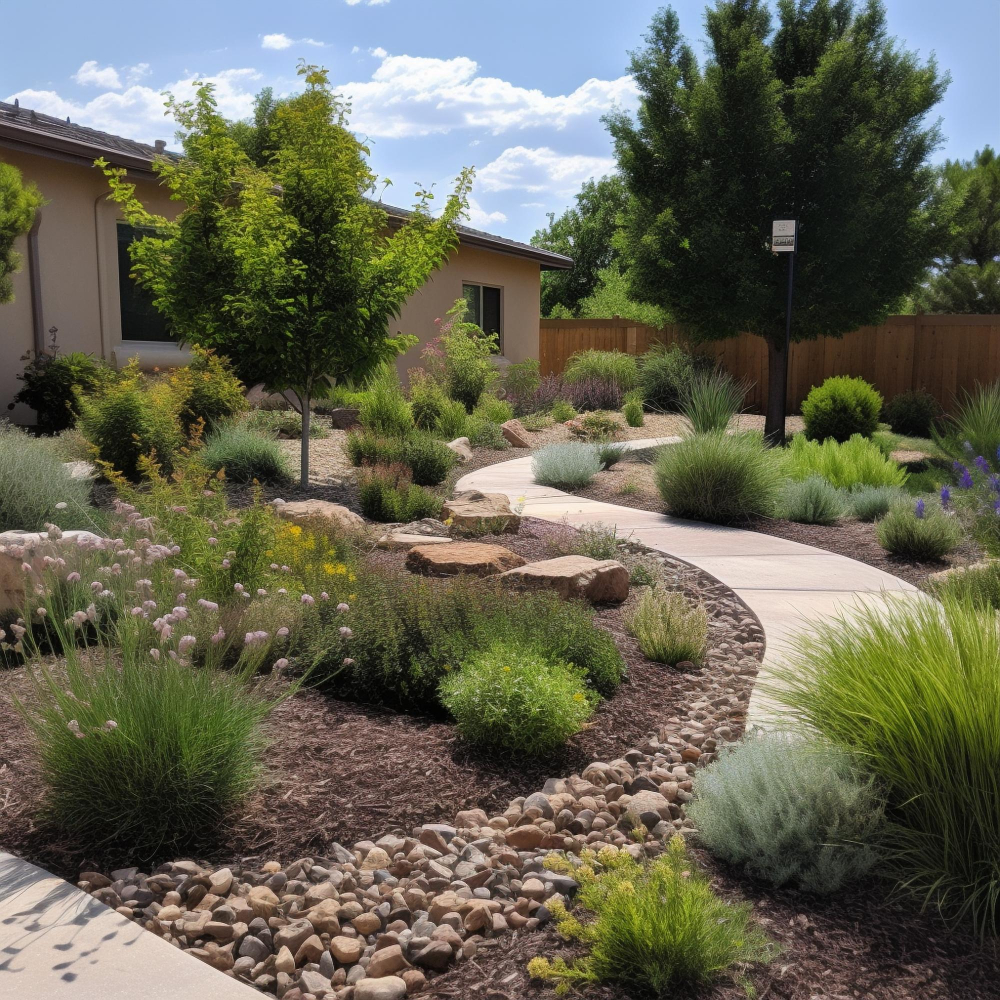
This method is perfect for those who live in areas with limited rainfall or want to conserve water. Xeriscaping can also be an excellent alternative to traditional lawns, which require constant watering and maintenance.
To create a xeriscape garden, you’ll need to choose plants that are native to your area or adapted to the local climate. These types of plants have evolved over time and are better suited for the environment than non-native species.
Incorporating hardscaping elements such as rocks, gravel pathways, and mulch can help reduce evaporation while adding visual interest. By reducing the amount of grass in your yard through xeriscaping techniques like these ones mentioned above will not only save you money on your water bill but also contribute positively towards environmental conservation efforts.
Pulsating Sprinklers

They work by shooting out water in a pulsing motion, which helps to distribute the water evenly across your lawn and garden. These types of sprinklers are also very affordable and easy to use.
One of the benefits of using pulsating sprinklers is that they can cover large areas with ease. This makes them ideal for larger lawns or gardens where you need more coverage than what traditional irrigation methods can provide.
Another advantage is that they conserve water by reducing runoff and evaporation compared to other types of watering systems like oscillating or rotor sprinklers. Pulsating sprayers deliver targeted bursts directly onto plants’ roots, minimizing waste while ensuring optimal hydration levels.
Lastly, these devices require minimal maintenance since their design doesn’t include any moving parts prone to wear-and-tear over time as opposed to other mechanical options such as traveling or oscillation models.
Porous Pipe Watering
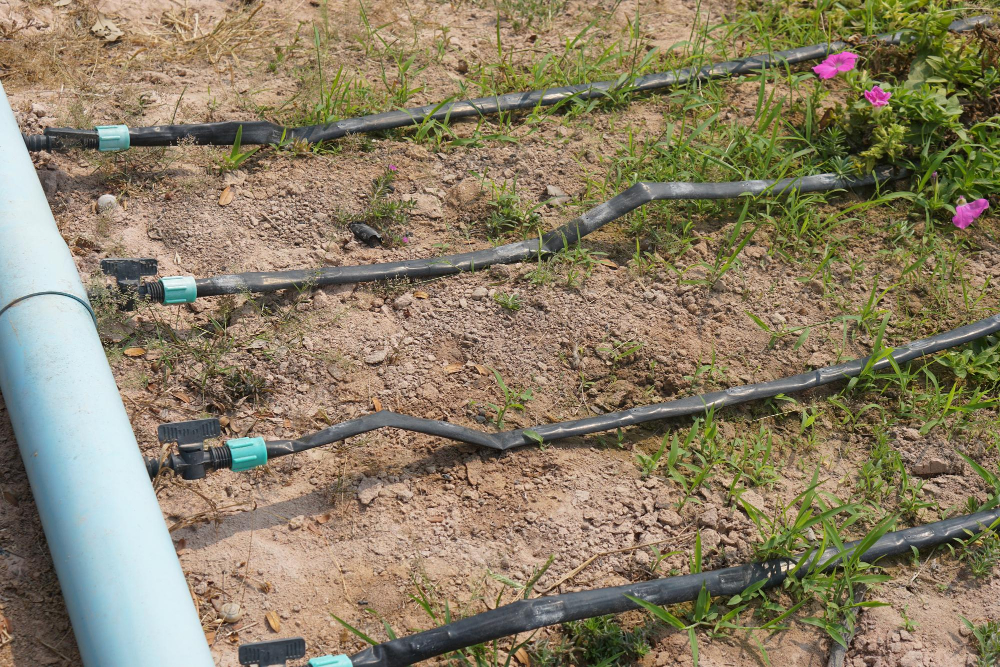
This method involves laying porous pipes along the base of plants, which slowly release water directly into the soil. The pipes are made from recycled rubber or plastic materials that allow water to seep through small holes in their surface.
This system ensures that plants receive just enough moisture without wasting any excess water on surrounding areas such as sidewalks or driveways. Porous pipe watering also reduces evaporation rates, making it an ideal solution for dry climates.
One of the best things about this system is its low cost and easy installation process. You can purchase pre-made porous pipes at your local hardware store or create them yourself using recycled materials like old garden hoses.
Self-watering Containers

These containers have built-in reservoirs that hold water, which is then slowly released into the soil as needed. This means you can go on vacation or simply forget to water your plants for a few days without worrying about them drying out.
Self-watering containers come in various sizes and styles, from small pots suitable for indoor herbs to large planters perfect for outdoor gardens. They are also available in different materials such as plastic, ceramic or terracotta.
One of the benefits of self-watering containers is that they prevent overwatering and underwatering by providing just enough moisture when needed. This helps avoid root rot caused by standing water at the bottom of traditional pots while ensuring optimal growth conditions.
Another advantage is that these types of planters conserve water since it only releases what’s necessary instead of wasting excess amounts through drainage holes like regular pots do.
Improving Soil Retention
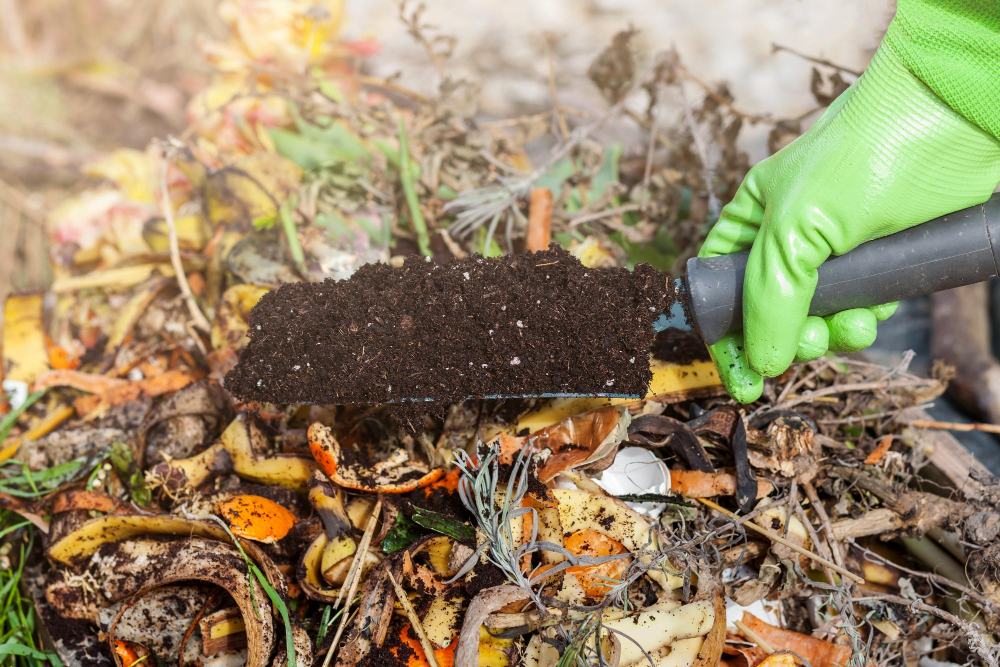
Without proper soil retention, water can quickly drain away from your plants, leaving them thirsty and dry. Luckily, there are several ways to improve soil retention without breaking the bank.
Firstly, consider adding organic matter such as compost or leaf mold to your soil. This will help increase its ability to retain moisture while also providing essential nutrients for plant growth.
Another option is using mulch around your plants which helps keep moisture in the ground by reducing evaporation rates during hot weather conditions. Mulching also prevents weeds from growing which compete with other plants for water resources.
Lastly, planting cover crops like clover or rye grass can help prevent erosion while improving overall soil health over time through nitrogen fixation and root development that improves drainage capacity of soils.
Landscaping With Native Plants
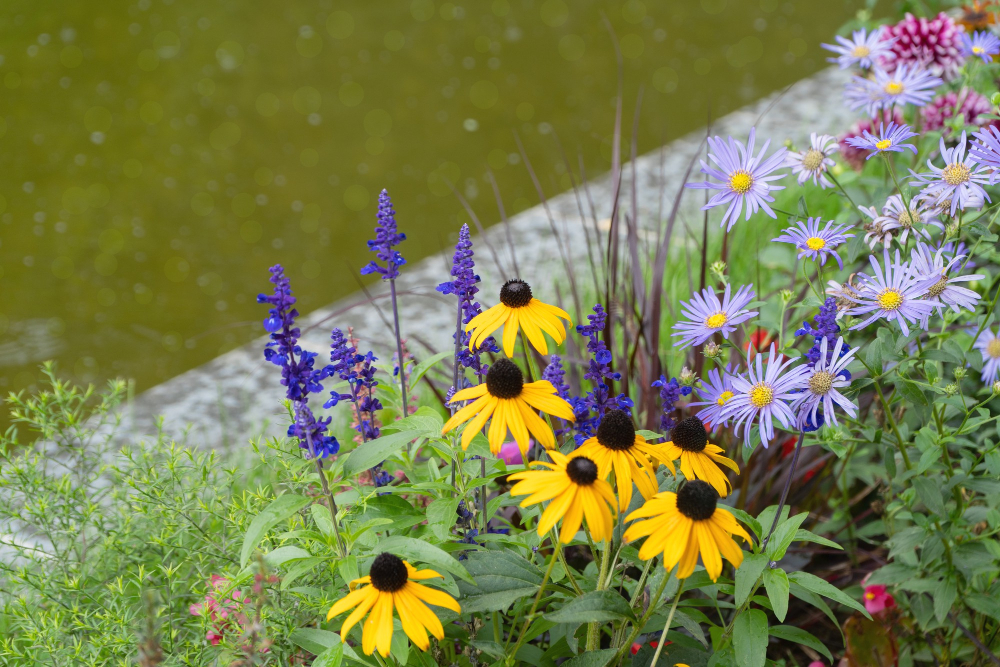
Native plants are adapted to the local climate, which means they require less water and fertilizer than non-native species. They also provide habitat for local wildlife such as birds, bees, and butterflies.
When choosing native plants for your garden, consider factors such as soil type, sun exposure, and moisture levels. You can consult with a local nursery or gardening center to find out which species are best suited for your area.
Organic Mulching
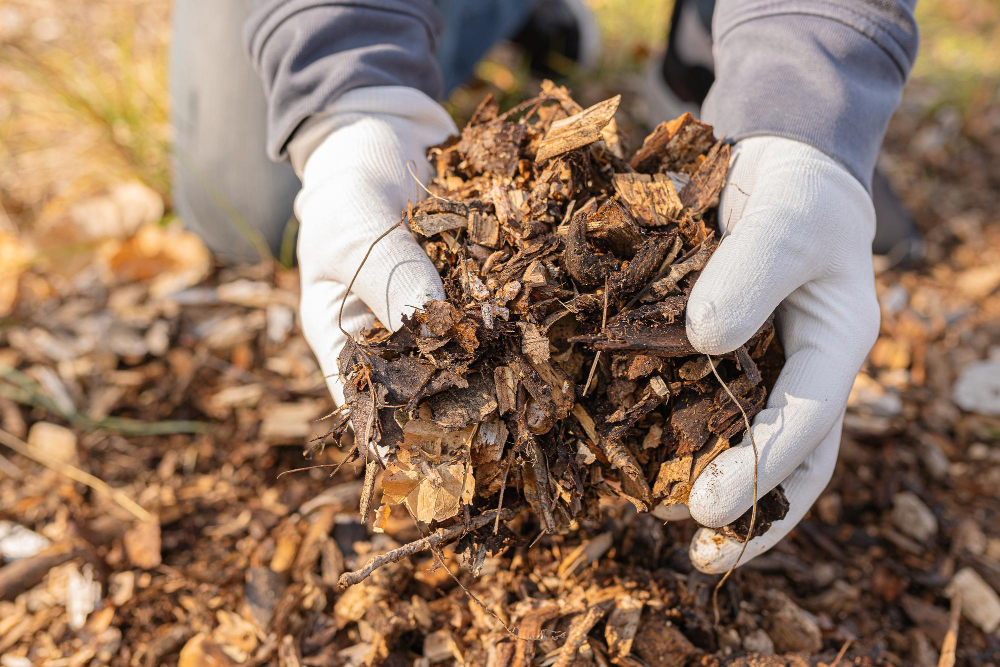
Organic mulch is made from natural materials such as leaves, grass clippings, wood chips or bark. It’s an eco-friendly alternative to synthetic mulches that can be harmful to the environment.
Organic mulch breaks down over time and adds nutrients back into the soil which helps improve plant growth. It also acts as insulation for roots during extreme temperatures by keeping them cool in summer and warm in winter.
When using organic mulch it’s important not to pile it too high around plants as this can cause rotting of stems or trunks due to excess moisture retention. A layer of 2-3 inches should suffice for most plants.
Organic mulches help reduce water evaporation from the soil surface which means you’ll need less water overall when watering your garden or lawn – saving both money and resources!
So next time you’re looking for an affordable way to maintain a healthy garden without breaking the bank on expensive sprinkler systems consider trying out some organic gardening techniques like using natural composts!
FAQ
What is the cheapest irrigation system?
The cheapest irrigation system is the Low-Cost DIY Drip Irrigation System made using PVC pipes, suitable for gardens with straight rows of plants.
What is the most efficient watering system?
The most efficient watering system is the drip irrigation system, as it conserves water, applies it slowly for better absorption, and is ideal for various plantings and soil types.
What are some environmentally friendly alternatives to traditional sprinkler systems?
Some environmentally friendly alternatives to traditional sprinkler systems include drip irrigation systems, soaker hoses, and rainwater harvesting systems, which save water and reduce waste.
How do drip irrigation systems compare to sprinkler systems in terms of water usage and cost?
Drip irrigation systems typically use less water and can lower operating costs compared to sprinkler systems.
What are the advantages and disadvantages of using soaker hoses as an alternative to sprinkler systems?
Soaker hoses offer advantages such as lower water usage, minimal evaporation, and targeted irrigation, while having disadvantages such as limited coverage, slow watering, and susceptibility to damage.
Recap
Liked this article? Here's what you can read next:
